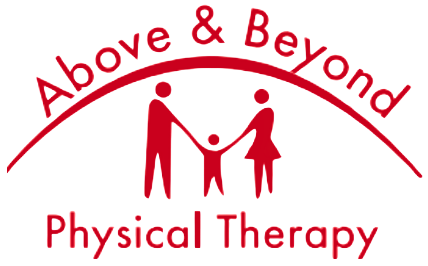Pelvic Girdle Syndrome Symptoms & Treatment Pelvic girdle syndrome is usually indicated by pain in the lower back, front thigh, buttock or back of leg. Between the lower part of the spine and the pelvis, …
Pelvic Girdle Syndrome Symptoms & Treatment
Pelvic girdle syndrome is usually indicated by pain in the lower back, front thigh, buttock or back of leg. Between the lower part of the spine and the pelvis, these structures are responsible for much of the movement of our body. It also serves to hold and protect important organs of the body.
Pelvic girdle syndrome can affect both men and women. Here is a rundown of the symptoms, causes and treatments if you find yourself suffering from pelvic girdle syndrome.
Pelvic Girdle Syndrome Symptoms
If you notice pain or stiffness while doing any of these things, it may be a sign that you have pelvic girdle syndrome:
Laying on your stomach
Sitting up straight
Standing
Climbing stairs
Sitting in the car
Causes of Pelvic Girdle Syndrome
The pelvic instability caused by loosened joint ligaments as well as the added strain on the muscles caused by increased weight bearing changes the center of gravity and adds extra stress to the pelvic muscles and joints. Tense pelvic muscles can cause misalignment in the pelvis resulting in pain.
Other causes may include normal injuries or past pelvic injuries, conditions like arthritis and osteoarthritis as well as idiopathic causes.
[Related article: Spinal Cord Injury & Physical Therapy]
Diagnosis and Treatment
If you experience any of the symptoms above, visit your physical therapist for an evaluation and diagnosis. The treatment will depend on the type of problem diagnosed.
The goal of any treatment for pelvic girdle syndrome will be to realign the position of the pelvis by changing how you conduct normal movements during the day, relieving stress on the joints and improving range of motion. Your physical therapist will be able to advise you on a course of treatment that is best for your particular level of health and condition.
[Related article: Hip Impingement: What Is It?]
Working with a physical therapist will help you manage this condition and see relief. For an evaluation, contact us today.
Request an Appointment
Enter your details below to take your first step toward recovery.



